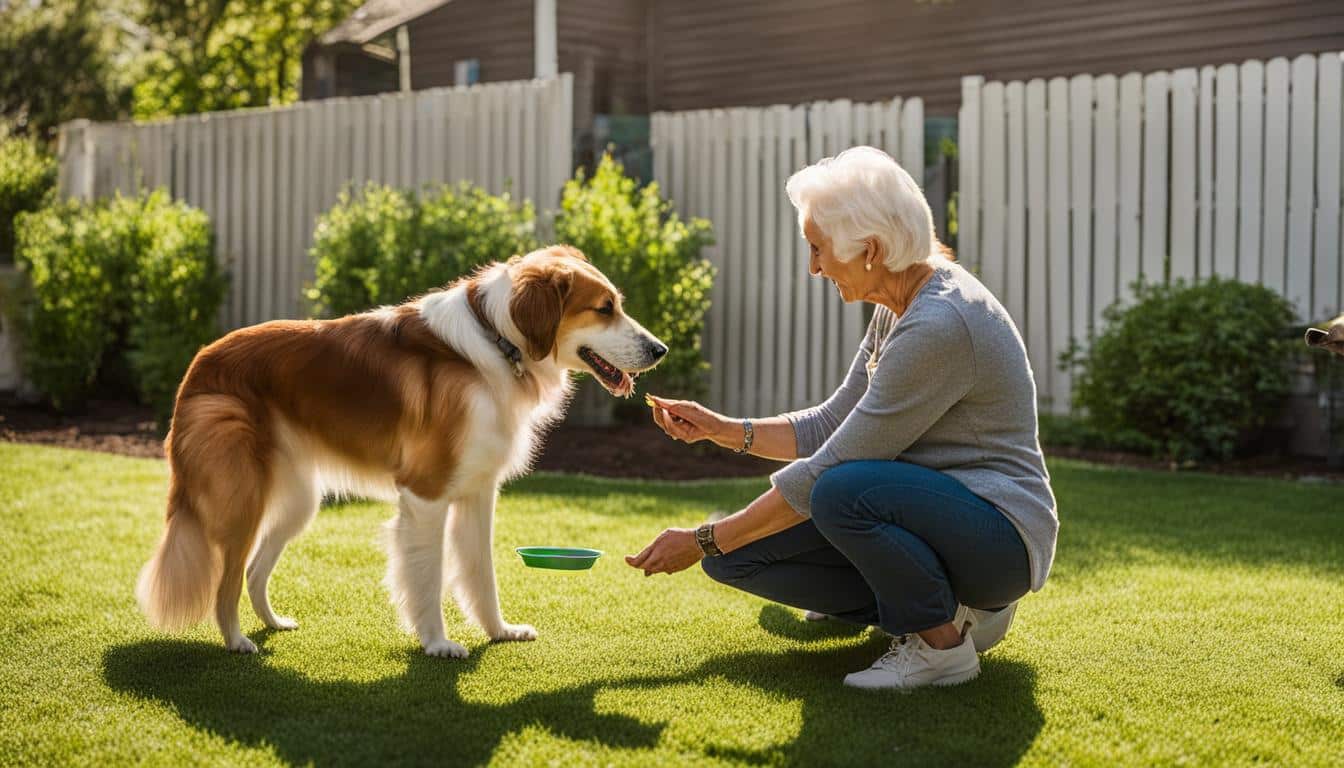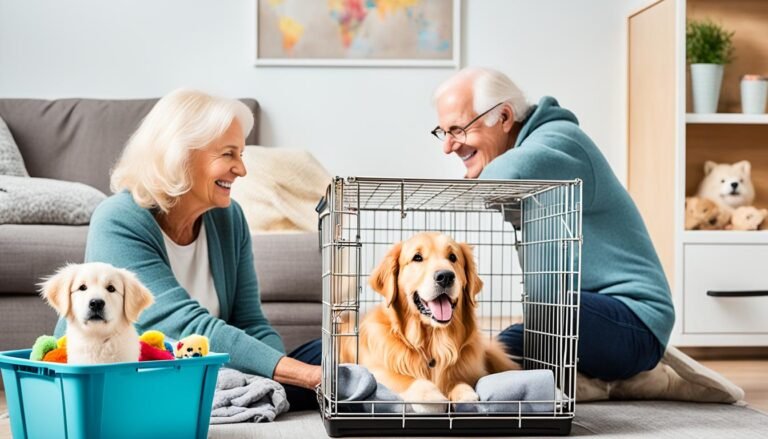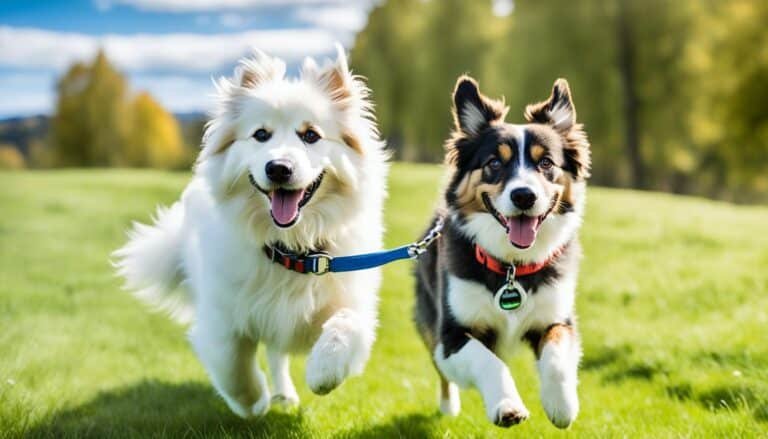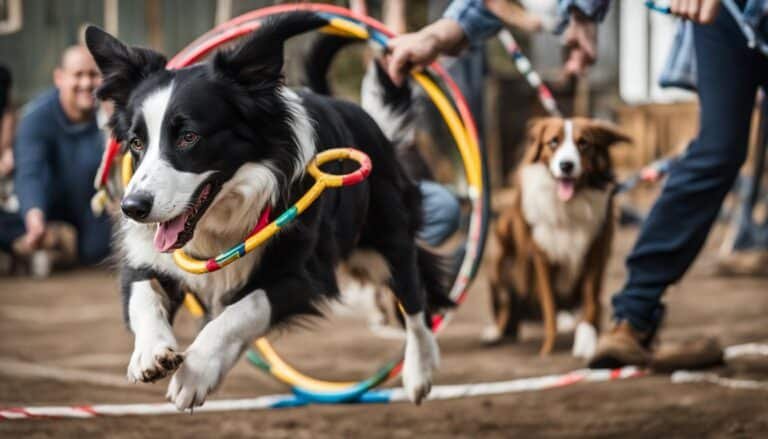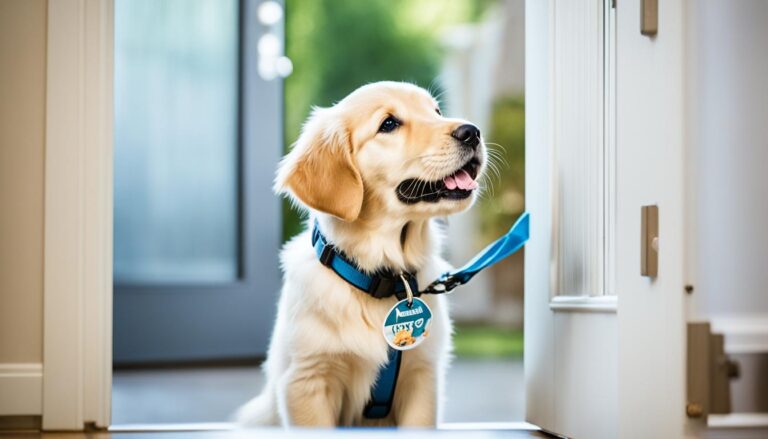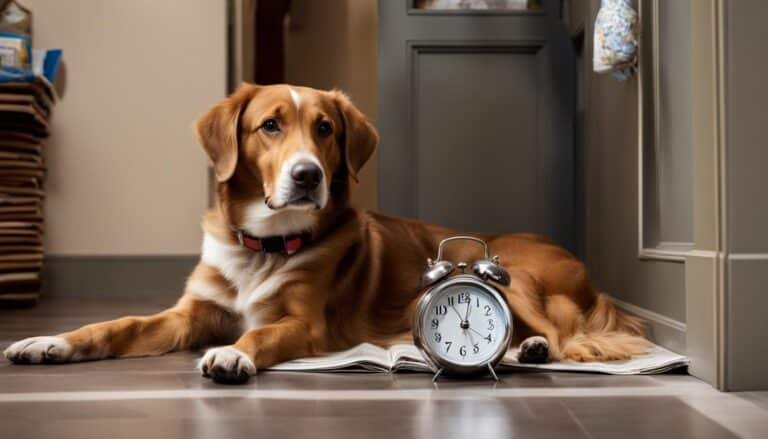How to Train an Older Dog to Be Housebroken
Welcome to our guide on how to train an older dog to be housebroken. Whether you’ve recently adopted an older dog or you’re struggling with potty training your furry companion, we’re here to help you navigate the process with ease. Housebreaking an older dog can be a rewarding experience, and it’s often easier than housetraining a puppy. With a few key strategies and a little patience, you’ll have your older dog on their way to becoming a well-behaved and house-trained member of your family.
There may be several reasons why your older dog is not yet house trained. It could be due to a lack of previous training, unfamiliarity with living indoors, or simply their preference for using an indoor bathroom option. However, with the right approach, you can overcome these challenges and achieve success in housebreaking your older dog.
The key to effectively training an older dog to be housebroken is to establish a firm routine, closely supervise your dog, and provide ample opportunities for them to eliminate outside. Consistency is crucial, so stick to a set schedule for bathroom breaks. Take your dog outside to their designated bathroom spot at the same times every day, such as in the morning, after meals, and before bedtime. Use a leash to accompany them and ensure they go to the right spot.
In our guide, we’ll cover everything from establishing a routine and providing proper supervision to addressing accidents and overcoming challenges that may arise during the training process. We’ll also touch on how to handle any medical issues that could be affecting your dog’s ability to be house trained.
So, if you’re ready to transform your older dog into a well-mannered and housebroken companion, let’s dive into the process together. With our expert tips and guidance, you’ll be equipped to successfully train your older dog and enjoy a clean and stress-free home environment.
Establish a Routine
Consistency is crucial when it comes to house training an older dog. By establishing a routine, you can effectively teach your senior companion where to eliminate and help them become housebroken. Here are some important tips for house training an older dog:
- Set a Schedule: Take your dog outside to eliminate at the same times every day. This includes first thing in the morning, after meals, and before bedtime. By sticking to a consistent schedule, you create a predictable routine for your dog.
- Use a Leash: When taking your older dog outside, always use a leash. This ensures that they go to the designated bathroom spot and reduces the likelihood of accidents elsewhere. It also allows you to supervise and guide your dog during the elimination process.
- Praise and Reward: After your dog eliminates outdoors, praise and reward them immediately. This positive reinforcement reinforces the desired behavior and helps your senior dog understand that going outside is the right place to eliminate.
- Regulate Feeding: Feeding your dog on a set schedule can help regulate their elimination habits. By monitoring their food intake and timing their meals, you can better predict when they will need to go outside. This aids in establishing a consistent routine.
By implementing these tips, you can successfully establish a routine for house training an older dog. Consistency, positive reinforcement, and patience are key when teaching your senior dog to be housebroken.
Supervise and Confinement
In the house training process, supervision and confinement are vital for teaching an older dog to be house trained. When you and your dog are indoors, it’s important to closely supervise them to prevent accidents. You can use a leash to tether them to you or install baby gates to confine them to a small area where accidents are less likely to occur.
Keep an eye out for signs that your dog needs to eliminate, such as sniffing or circling, and immediately take them outside to their designated spot. This will help reinforce the idea that eliminating should only happen outdoors. If you need to leave your dog unattended, confine them to a crate or a small, comfortable area. This will not only prevent accidents but also help them develop control over their bladder and bowels.
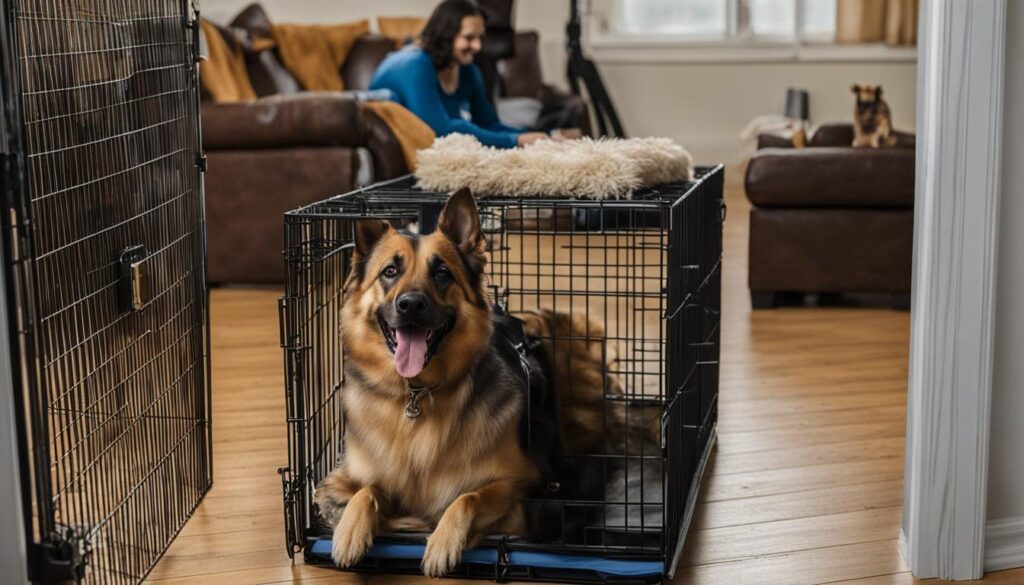
Remember, the key to successful house training is consistency and providing your older dog with ample opportunities to eliminate outside. By closely supervising and appropriately confining your dog, you can significantly reduce the chances of accidents occurring indoors.
Oops! Accidents Happen
Accidents are a normal part of the house training process. Even with the best efforts, your older dog may have the occasional accident indoors. When this happens, it’s important to handle the situation calmly and without punishment.
If you catch your dog in the act of eliminating inside, gently interrupt them and immediately take them to their designated spot outside. This will help reinforce the idea that going potty should happen outside.
Once your dog finishes eliminating in the right place, be sure to praise and reward them. Positive reinforcement is key to encouraging their preferred elimination habits.
It’s important to avoid punishing your dog for accidents. Punishment can create fear and anxiety, which can hinder the training process. Instead, focus on providing consistent guidance and reinforcement.
When accidents do occur, it’s essential to clean them up properly to prevent future incidents. Use a pet stain cleaner and odor eliminator specifically designed for removing pet urine from carpets. Thoroughly clean the affected area to remove any lingering scents that may attract your dog to eliminate in the same spot again.
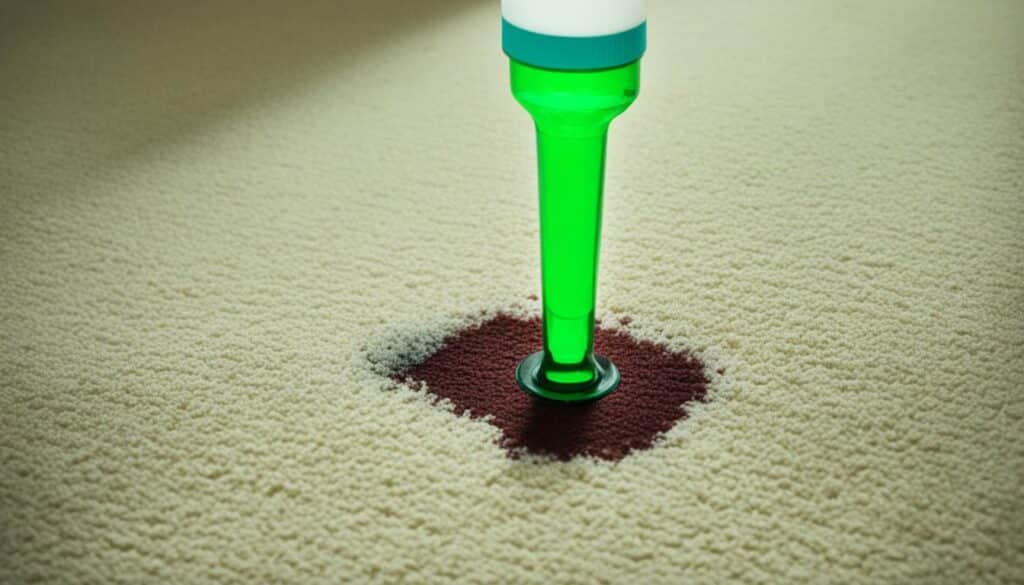
Avoid using harsh chemicals or cleaners with strong odors, as they can worsen the situation or encourage your dog to eliminate in other areas of the house. Stick to pet-safe and effective cleaning products to ensure a clean and fresh-smelling home.
Addressing Challenges and Medical Issues
House training an older dog can present various challenges, but with the right approach, they can be overcome. Some dogs may exhibit submissive or excitement urination, where they involuntarily urinate when they feel anxious or overly excited. This behavior can be addressed through training techniques that help build their confidence and manage their emotions. Similarly, territorial urine marking is another common challenge, where dogs mark their territory by urinating in specific areas. Consistent training and implementing strategies like frequent walks and providing designated elimination spots can help address this behavior.
However, it’s important to rule out any underlying medical issues that may contribute to house soiling. Older dogs are more prone to medical problems that can affect their bladder control, such as urinary tract infections or parasites. These conditions can cause frequent urination, accidents, or difficulty holding their urine. If your dog continues to have accidents despite consistent training efforts, it is recommended to consult with your veterinarian to ensure there are no underlying health concerns.
Remember, patience and consistency are key when house training an older dog. Be understanding of the challenges they may face and maintain a positive and encouraging environment. With proper training techniques, management strategies, and addressing any medical issues, you can successfully house train your older dog and promote a clean and hygienic living space for both you and your furry companion.
